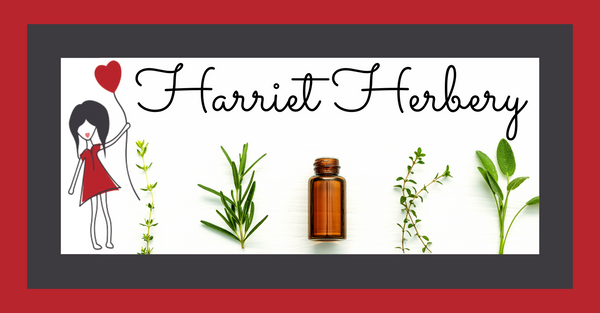Gingergrass Essential Oil - 10ml
Gingergrass Essential Oil - 10ml
Name: Gingergrass Essential Oil
Gingergrass is a close relative of palmarosa. Both plants are distilled from a different variety of the same plant species.
Common Names: Russa grass, sofia
Botanical Name: Cymbopobon martini var. sofia
Family: Poaceae syn. Gramineae
Plant Part Used: Leaves/grass blades
Extraction Method: Steam Distilled
Perfumery Note: Middle
Aromatic Intensity: Medium
Aromatic Description: Spicy, warm, sweet, citrus, earthy, woody
Colour/Characteristics: Clear with a thin consistency
Main Chemical Constituents: Limonene, p-mentha-1(7),8-dien-2-ol, p-mentha-2-8-dien-1-ol, p-menthadienol, carvone, carveol, p-menthadienol, p-menthatrielol
Blends Well With: Bergamot, cedarwood, cypress, geranium, grapefruit, lavender, niaouli, sandalwood, marjoram, mandarin, lemongrass, ginger, rosemary, rose.
Properties/Uses: Analgesic, antifungal, anti-inflammatory, antiseptic, aphrodisiac, bactericidal, anti-depressant, revitalising, decongestant, anthelmintic, insect repellent. Gingergrass essential oil may be used to help treat inflammation, muscle & joint aches and pains, dermatitis, acne, scars, coughs, colds, flu, sinusitis, sore throat.
Energetics: Gingergrass essential oil may help us to feel refreshed, energised, protected and uplifted. It may help relieve depression, stress, anxiety and tension. Gingergrass may help to calm, while assisting with improving mental clarity.
Use: Diffuser, direct inhalation, bath, oil burner, oil vaporiser, skin care, massage, ointment, cream, salve, balms.
Safety: Avoid oxidised or old oil as can cause skin sensitisation. Tisserand & Young recommend to store in a dark, airtight container in a fridge.
Conservation Status: Not listed
We do not recommend these products as a replacement for traditional medicine.
Do Not Ingest.
Do Not Use Undiluted.
Keep Out Of Reach Of Children.
Discontinue Use If Irritation Occurs.
Couldn't load pickup availability
Share


